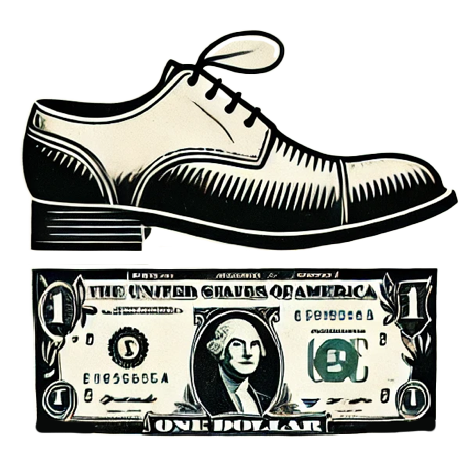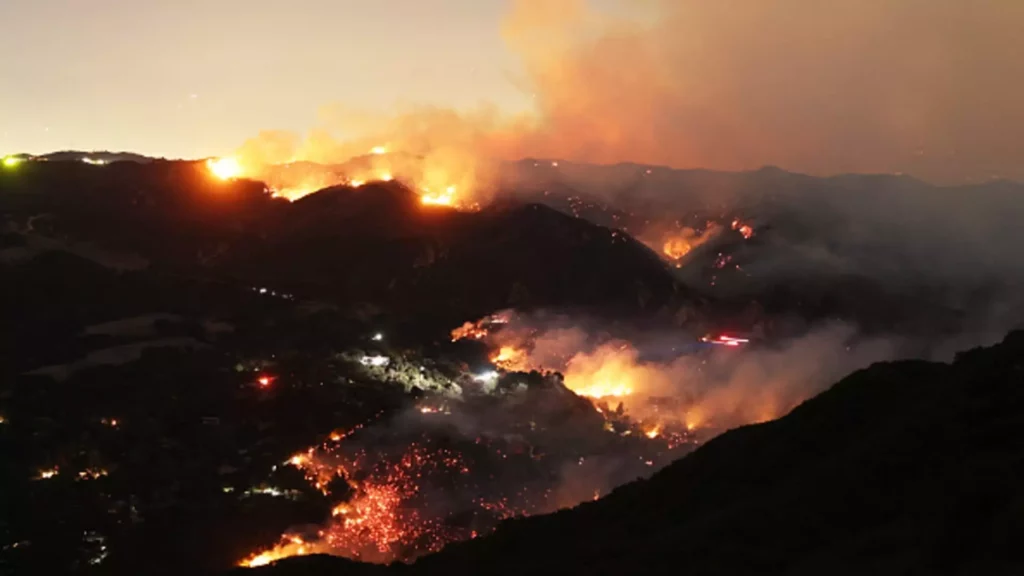In recent weeks, Southern California has faced an unprecedented natural disaster as relentless wildfires have torn through the region. Over 40,000 acres in the Greater Los Angeles area have been consumed by flames, resulting in the destruction of over 12,300 structures. With nearly 88,000 residents currently under mandatory evacuation orders and another 89,000 on standby for potential evacuation, the urgency of the situation cannot be underscored enough. The economic fallout from these wildfires is staggering, with estimates of insured losses exceeding $20 billion, as reported by financial institutions such as JPMorgan and Wells Fargo. The need for immediate action becomes not only critical for safety but also for financial recovery.
For those affected, the priority must be to begin the insurance claims process. Karl Susman, an insurance broker based in Los Angeles, emphasizes the importance of filing claims as quickly as possible. Even if complete information is not readily available, initiating the claim process is crucial. The sheer volume of claims stemming from the disaster may lead to extended processing times, which is why acting promptly is advised.
Renters, much like homeowners, should understand that their coverage options are largely analogous. It is essential to focus on safety first and afterwards engage with insurance providers about recovery options. As Shannon Martin from Bankrate.com points out, renters should inquire about advanced living expense claims, which may help mitigate the immediate financial burden of displacement.
One significant aspect that survivors must consider is their “loss of use” coverage. This component of insurance can provide essential funds for temporary housing while displaced due to fire damage. Jeremy Porter of First Street Foundation underscores the importance of understanding this coverage, as it serves as a financial safety net when returning to one’s home is not feasible.
As advised by Douglas Heller from the Consumer Federation of America, meticulous documentation during this traumatic period is crucial. Not only should residents keep track of receipts for any incurred expenses related to temporary housing, clothing, or food, but they should also document all communications with insurance representatives. A detailed record can facilitate easier claims processing and reimbursements in what is understandably a distressing time.
In cases of severe fire damage or total loss of residence, contacting utility companies should be an immediate concern. Susman suggests initiating service interruptions with electric, water, and trash collection services. This step might stem the financial bleed that could occur if these services continue post-disaster while the home remains uninhabitable.
Moreover, for vehicle owners, damage to vehicles during the wildfires could fall under their auto insurance policies. Individuals should look for comprehensive coverage provisions, as this element generally includes fire-related losses, allowing policyholders to recover damages upon payment of their deductible.
Residents whose homes have suffered significant damages should explore their property tax obligations during recovery. If damages exceed $10,000 or if the home is rendered uninhabitable, an application can be filed with the county assessor’s office to adjust property taxes accordingly, providing a much-needed financial respite during tumultuous times.
For those lacking prior insurance coverage, there are still pathways for recovery assistance. The federal government, through FEMA, is stepping in to provide support. Recently, President Biden announced a one-time payment of $770 for victims of these wildfires, with over 6,000 survivors already registered for aid. Resources for applying for assistance are available through DisasterAssistance.gov and FEMA’s hotline.
Finally, beyond individual efforts, community engagement can significantly aid in recovery. Local support groups, workshops, and charity initiatives are essential for providing both emotional and practical support to those affected. The Insurance Commission of California has actively planned workshops in various locations to help guide residents through their claims and recovery processes.
Furthermore, contributing to local charities or participating in recovery initiatives can strengthen communal resilience in the face of such tragedies. The road to recovery may be long, but through solidarity and resourcefulness, the affected residents can rebuild their lives after one of the most challenging natural disasters in recent history.

